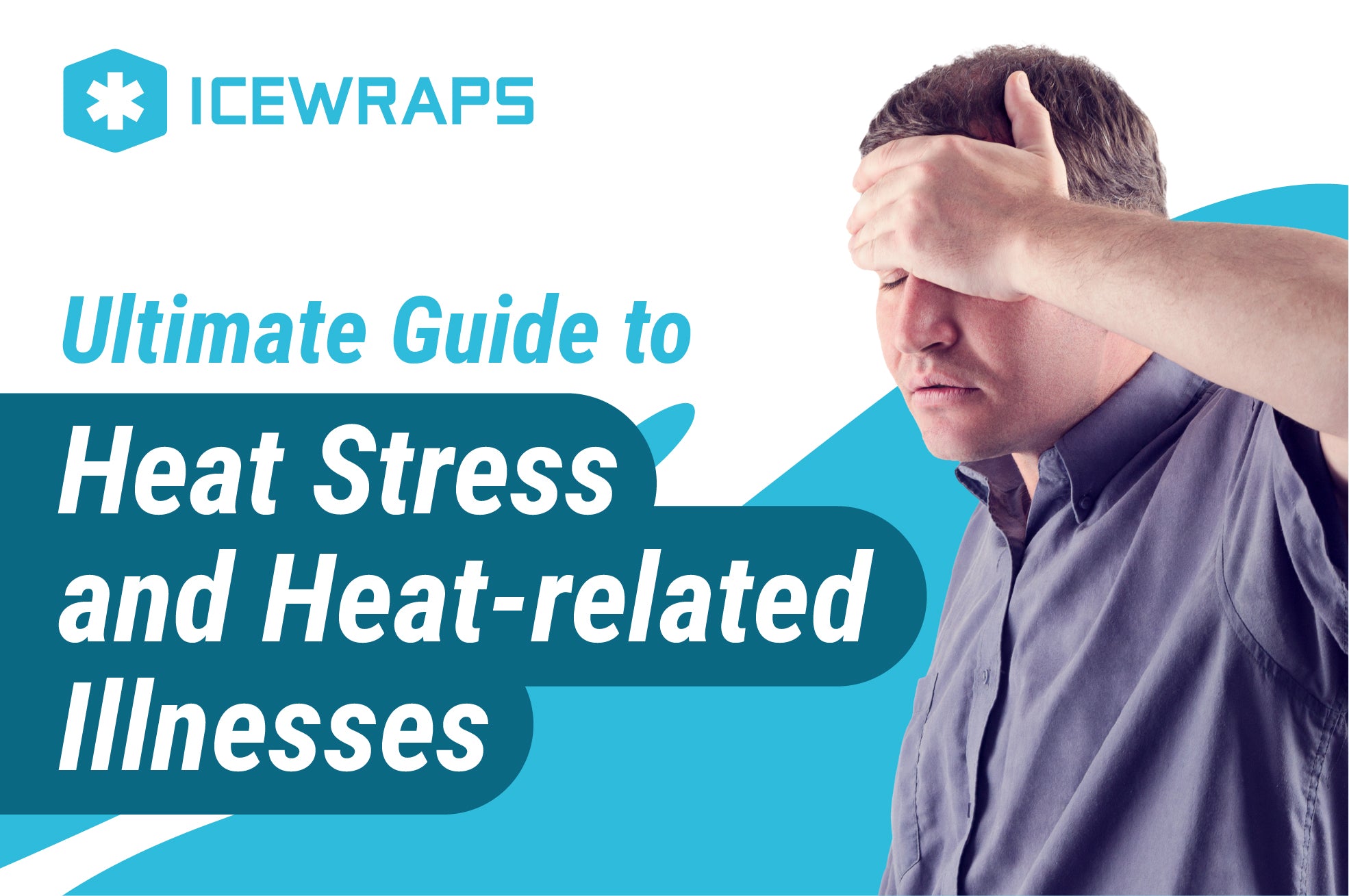Your Cart is Empty

Heat stress and other heat-related illnesses are not exclusive to the summer season.
It can be an occupational hazard for some, and a possible risk for those with an active lifestyle. The heat can cause mild symptoms (heat stress) to severe complications (heat stroke).
The progression of a heat-related illness is so easy to overlook, so being familiar with the common symptoms of heat-related illness becomes a matter of life and death.
Why do heat illnesses occur?
Heat illnesses happen when your body’s temperature is overloaded. Normally, your body cools down by sweating. But when the increasing temperature overrides your body’s capacity to sweat, your body is unable to release heat and can cause heat illnesses.
In these instances, the body temperature increases to damaging levels. When the body is unable to regulate its temperature, it can get real hot, real fast.
Heat stress can cause short-term and long-term effects including visual impairment, vital organs to swell or shut down, and heat stroke.
These are the different types of heat stress and illnesses.
Heat Rash or prickly skin is common to babies, but it’s not only them that can be affected. The symptoms of heat rash manifest as superficial red lumps. It can feel itchy or prickly. It usually goes away on its own and can be relieved by cooling your skin.

Photo from On Health
Heat exhaustion is hard to spot, but it’s important to watch out for it since it can potentially lead to fatal conditions.
The first symptoms of heat exhaustion are:
Once you notice signs of heat exhaustion, get immediate relief, since it can lead to heat stroke.
Heat cramps occur when your muscles lose fluid and electrolytes due to the heat or overexertion. Heat cramps commonly affect the calves, arms, abs, and back, but it can also involve any muscle groups involved in a workout.
Heat stroke is the most severe form of heat-related stress or illness. Heat stroke can possibly be fatal if not responded to immediately.
Here are the symptoms of heat stroke to look out for:
If a heat stroke is suspected, get emergency care immediately.
In extreme cases of heat stroke, patients can experience rhabdomyolysis.
Rhabdomyolysis is an extreme condition where muscle fibers leak into the bloodstream. This is caused by extreme heat or extreme body exertion.
While your occupation and the season can definitely be factors to contracting heat-related stress and illnesses, these are other risk factors to consider:
Heat Illnesses are preventable. Fortunately, there are many ways you can support your body temperature during a hot day.
Heat-related illnesses are serious. Once you notice initial signs and symptoms, take necessary measures immediately. Cool down, stay hydrated, and rest.
Consider IceWraps' wide range of gel and clay packs that comes in sizes perfect for your specific needs. Pain relief is just a click away!

|

|

|
|
ICEWRAPS 4”X7” INSTANT ICE PACKS FOR INJURIES |
ICEWRAPS 4”X10” REUSABLE GEL ICE PACKS |
ICEWRAPS EXTRA LARGE NECK ICE PACK WITH SOFT COVER |

|

|

|
Comments will be approved before showing up.